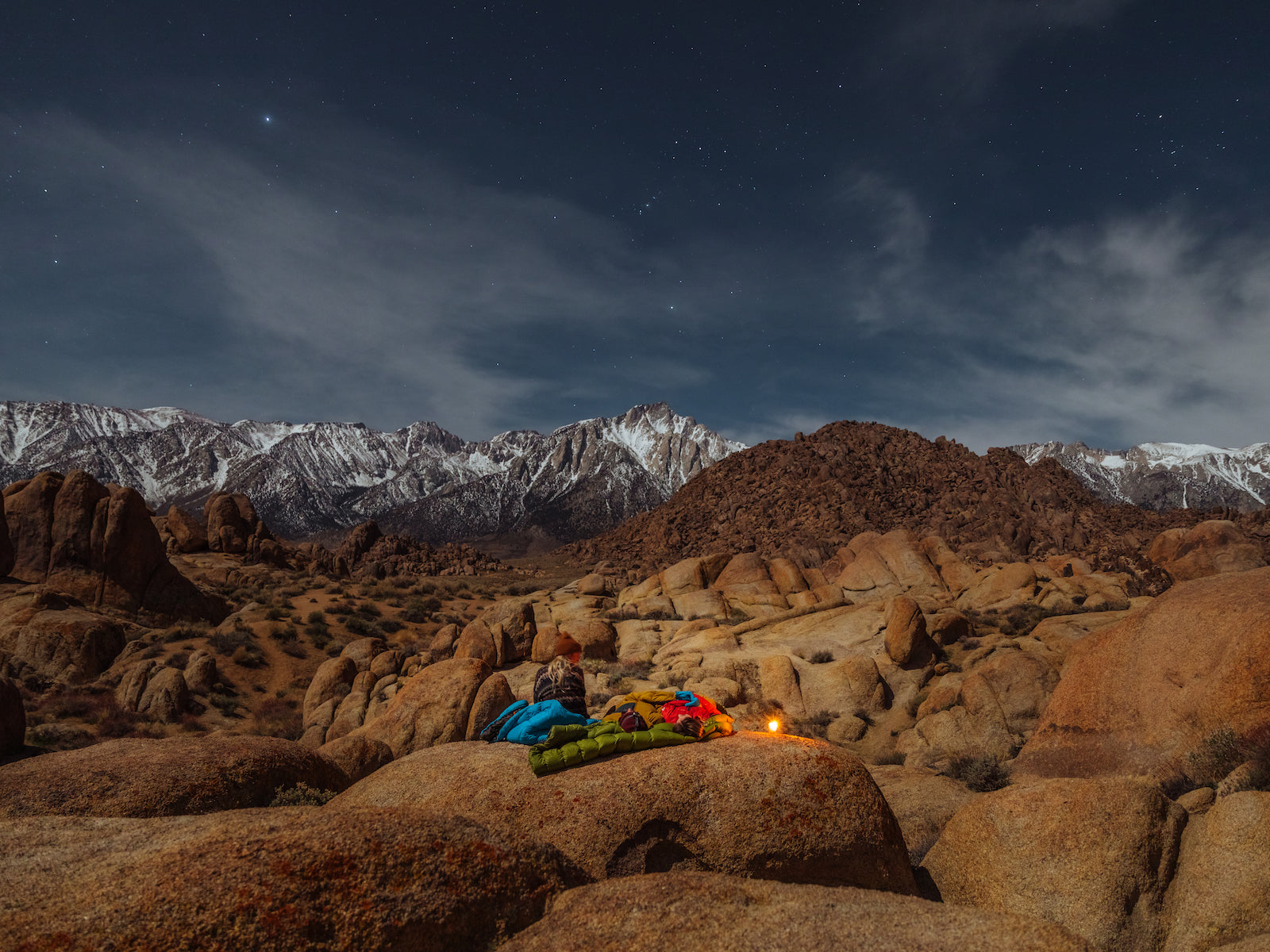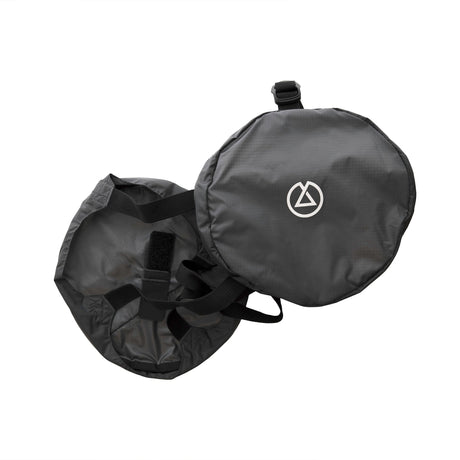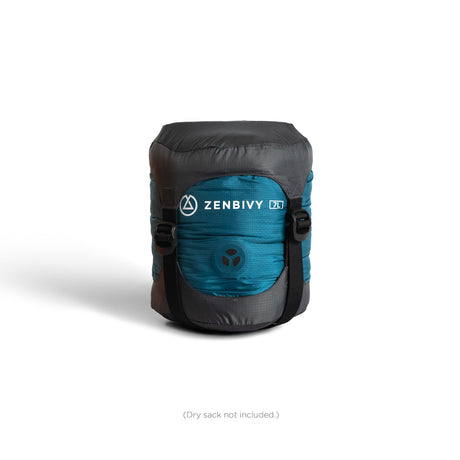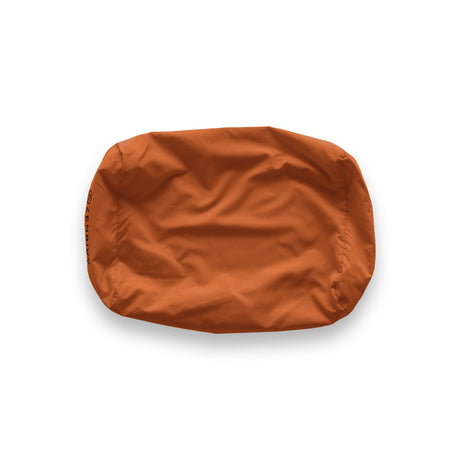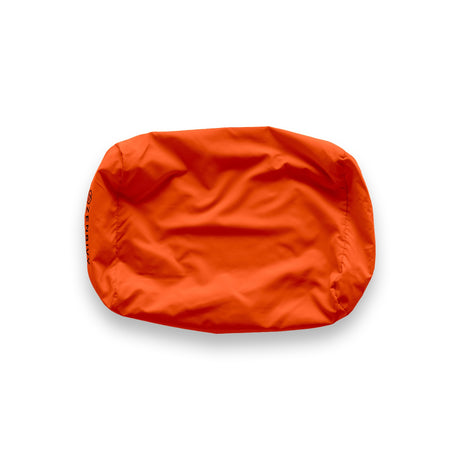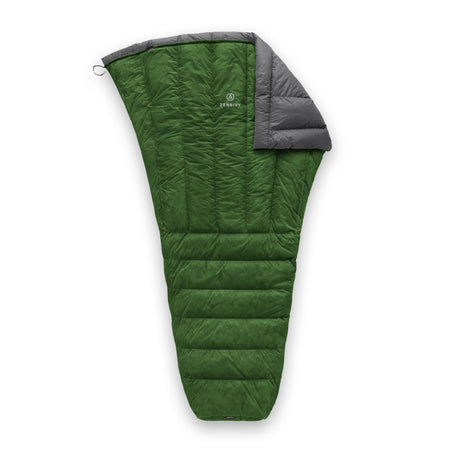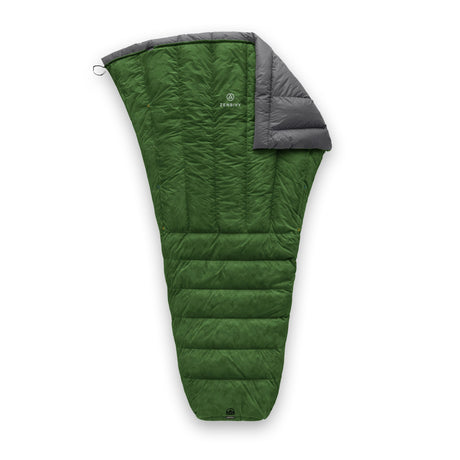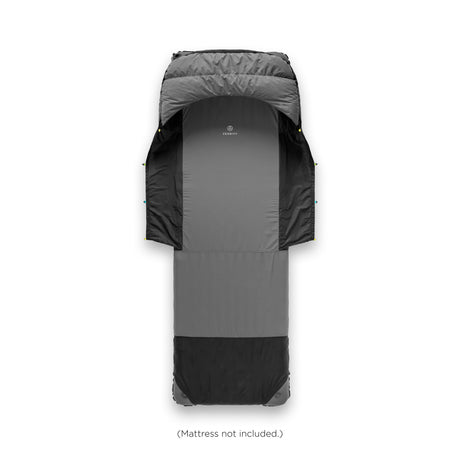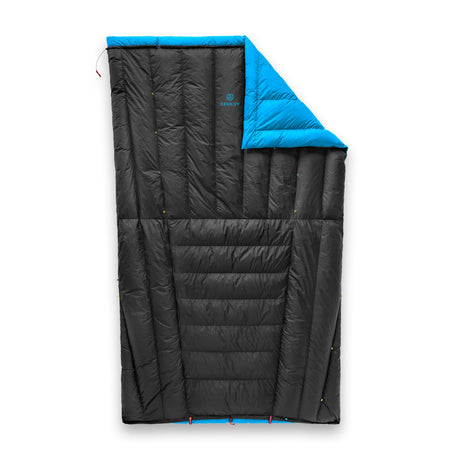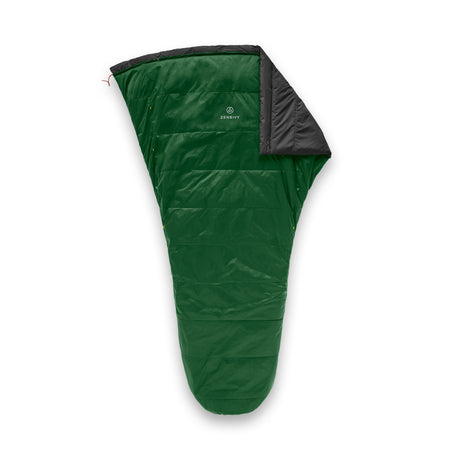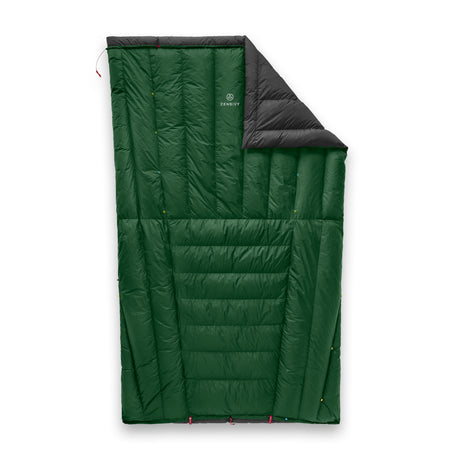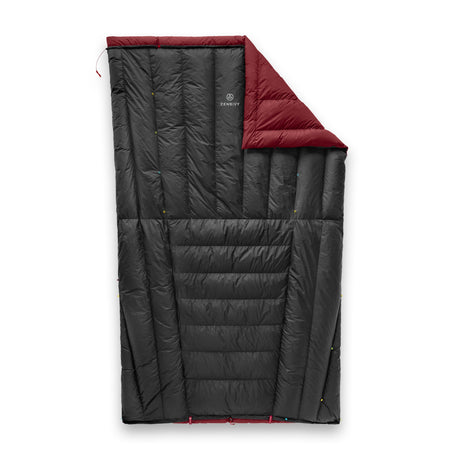We’re coming to the end of International Dark Sky Week, held during the week of April’s new moon every year. It’s a week for stargazing and celebrating the night sky, something we all love as outdoor enthusiasts. Stargazing is an amazing experience, and it will give you a little break from your home life and allow you to reconnect with nature for a night. There are numerous ways to take advantage of the extra darkness, so grab your Zenbivy, head out to your back yard, and get lost in the stars. As the planet moves, the night sky shifts, so every night you go out will be a new view.

1) Grab some binoculars and get up close.
While most people don’t have a telescope just laying around the house, you can still get up close with the universe with binoculars or a camera. Just a little bit of zoom can allow you to see star clusters, gaseous clouds, and planets.
2) Experiment with astrophotography.
Photographing the night sky is incredibly rewarding and fun. It’s a good challenge as photographing stars is very different than most other forms of photography. The trick is allowing your camera to get all the light possible. Here are some tips:
- Bump up your ISO: most cameras have the option to increase the sensitivity of your sensor so you can capture more light. You’ll want to set your camera at about ISO 1000 to start.
- Make a long exposure. This allows more time for light to reach your sensor and will make your star photos brighter and clearer. The longer your exposure, the more you’ll see - try a 30-second exposure and you might see gas clouds and nebulas linked together in the Milky Way.
- Shoot wide - The wider angle your lens, the more you’ll be able to see!

3) Learn the constellations.
Download an app like Night Sky or SkySafari for augmented reality star overlays. Or, if you’re old fashioned, crack open a star atlas and get to work matching the constellations to the stars in the night sky. Take it another step further and learn the many stories behind each one, and how they got their names. When we can head out backpacking with friends you can impress everyone with your knowledge!
4) Do some science.
Think you’re getting the hang of finding constellations? Well, if you can find the Leo, you can be a part of Globe at Night, a citizen-science campaign to measure night sky brightness. You’ll report information about the stars you can see to their app which allows scientists to better understand our night sky and the effects of light pollution.
It’s a whole new world out there, and one that anyone can be a part of. We’re all returning to basics at this time - gardening, reading, cooking, and baking, why not take a step further and get in touch with the night sky. Have a night out with the family or your quaren-team, or even over the phone with a friend in another place. We’re all looking up at the same night sky, and what a beautiful sky it is.


